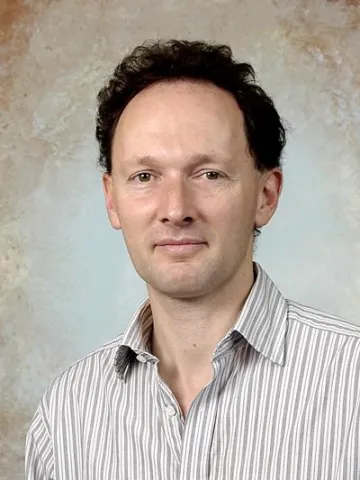Project overview
NERC funded research has determined that methane gas emissions from natural sites have characteristic and unusual seismic signatures related to the escape of gas through near-surface sediments and through the seabed. We currently do not understand the mechanisms by which gas propagates from depth to the seabed; is it by fracture propagation, capillary invasion, or by some other mechanism? Understanding how gas propagates in shallow sediments is essential to designing monitoring programmes associated with Carbon Capture and Storage complexes, and is relevant to Hydrogen storage as well.
This project will complete water tank experiments to listen to the propagation of methane and carbon dioxide through near-surface sediments within a laboratory setting (AB Wood Tank, Institute of Sound and Vibration Research, UoS). Gases will be injected at a known rate within a sediment layer, and geophones deployed within the sediment and hydrophones within the water column will detect and determine the gas propagation mechanism and flow rates. Laboratory derived seismic signatures will be compared to those related to the gas emission from pockmarks actively venting methane in the North Sea.
The proposed work will directly impact and inform our collaborations and ongoing projects with operators and developers of Carbon Capture and Storage projects in the North Sea. In particular our measurements are directly relevant to the design of Measurement, Monitoring and Verification strategies (MMV) which are required prior to Carbon Dioxide injection.
This project will complete water tank experiments to listen to the propagation of methane and carbon dioxide through near-surface sediments within a laboratory setting (AB Wood Tank, Institute of Sound and Vibration Research, UoS). Gases will be injected at a known rate within a sediment layer, and geophones deployed within the sediment and hydrophones within the water column will detect and determine the gas propagation mechanism and flow rates. Laboratory derived seismic signatures will be compared to those related to the gas emission from pockmarks actively venting methane in the North Sea.
The proposed work will directly impact and inform our collaborations and ongoing projects with operators and developers of Carbon Capture and Storage projects in the North Sea. In particular our measurements are directly relevant to the design of Measurement, Monitoring and Verification strategies (MMV) which are required prior to Carbon Dioxide injection.

